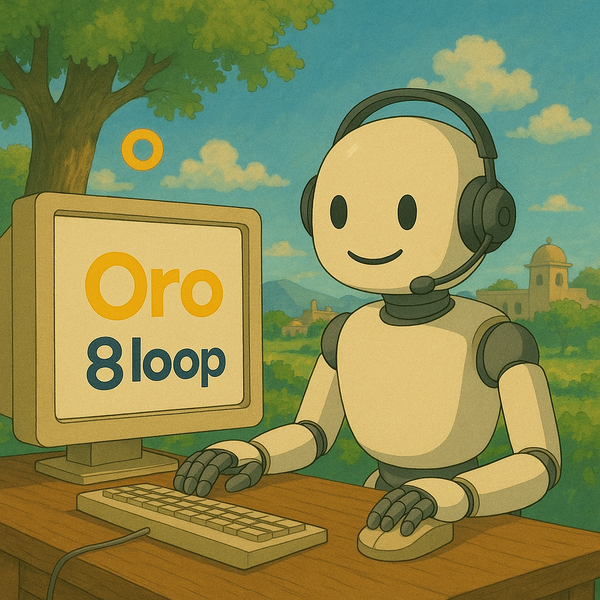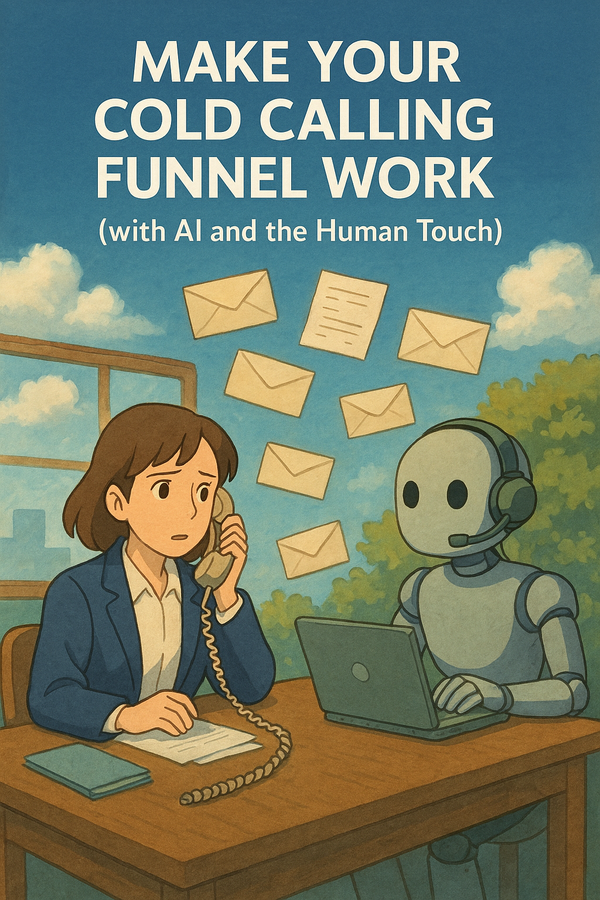How to Optimize High-Volume Cold Outbound with AI (30-Day Experiment Results)

Outbound can be broadly classified into two types: cold outreach and warm outreach.
This post focuses on cold outbound and how AI is reshaping it.
What is Cold Outreach?
Cold outreach is when your buyer doesn’t know you, yet you still follow a predictable formula:
- Reach out to X prospects,
- Convert Y of them into customers,
- Ensure LTV (Lifetime Value) > CAC (Customer Acquisition Cost)
So the only real variable that determines success is scaling outreach volume sustainably.
But there’s a twist: AI personal assistants are becoming the first line of defense for consumers. This raises important questions about the future of outbound.
AI Is Transforming Outbound
Imagine a traditional call center. A human agent dials 200 numbers a day, but:
- Only 10 people meaningfully engage
- The remaining 190 are either uninterested, annoyed, or even abusive
- Human reps burn out fast, morale drops, and the cost per meeting increases
Now imagine AI agents stepping in:
- They handle the first 30 seconds of every call
- They filter out uninterested prospects
- Only warmed-up leads are transferred to humans
- Humans now talk only to interested prospects
- Fatigue drops. Productivity scales. Focus shifts to quality
This instantly unlocks 10x scalability across regions, languages, and time zones.
Key Questions We Asked Before Running the Experiment
Before deploying AI agents in our outbound process, we had real concerns:
| Question | Concern |
|---|---|
| Will conversions drop? | Will AI reduce close rates? |
| Will CAC increase? | Will AI be more expensive than humans? |
| Can we scale quickly? | Will the system break at volume? |
| Will telecoms or regulations block AI calls? | Is this even legally safe? |
| Will AI agents end up talking to AI assistants? | Will we enter an AI vs AI loop? |
What We Learned After 30 Days
Here are our findings after running the experiment:
Will conversions drop?
No. AI-first calls delivered similar conversion rates to humans.
Results may vary by lead source and campaign quality, but AI didn't hurt outcomes.
Will CAC increase?
Slightly. AI-led calling is 10–20% more expensive today, depending on region, AI configuration, and compute costs. But the efficiency gains offset most of it.
Can we scale as expected?
Yes. We scaled to multiple languages and 10x volume easily.
We also reduced hiring needs, improved team morale, and focused humans only on serious prospects.
Will telecom providers block AI calls?
Not specifically. Spam tagging applies to both humans and AI.
Most telecoms offer legitimate outbound packages to avoid throttling.
Will AI agents talk to AI personal assistants?
It has already started. In ~2% of calls, an AI assistant answers first.
This will grow rapidly. Outbound teams must train AI systems to pass AI screeners with:
- Purpose clarity
- Trust-building
- Escalation logic
Ultimately, outbound remains about the right timing + the right message + real buyer intent.
Key Metrics to Track
If you’re experimenting with AI-first cold calls, track these:
| Metric | Why it matters |
|---|---|
| Call-to-Connected Rate | Measures contactability of your list |
| Connected to Human Handover Rate | Quality of AI filtering |
| Human Handover to Conversion Rate | Revenue efficiency |
| False Positive Rate | AI passing low-quality leads |
| Abandonment After Handover | Handoff friction measure |
Final Thoughts
Cold outbound is evolving fast. AI won’t kill outbound, it will supercharge it. The future is AI + human teams working together, not one replacing the other. This is just the beginning. I’ll share more real data and insights in upcoming posts.





